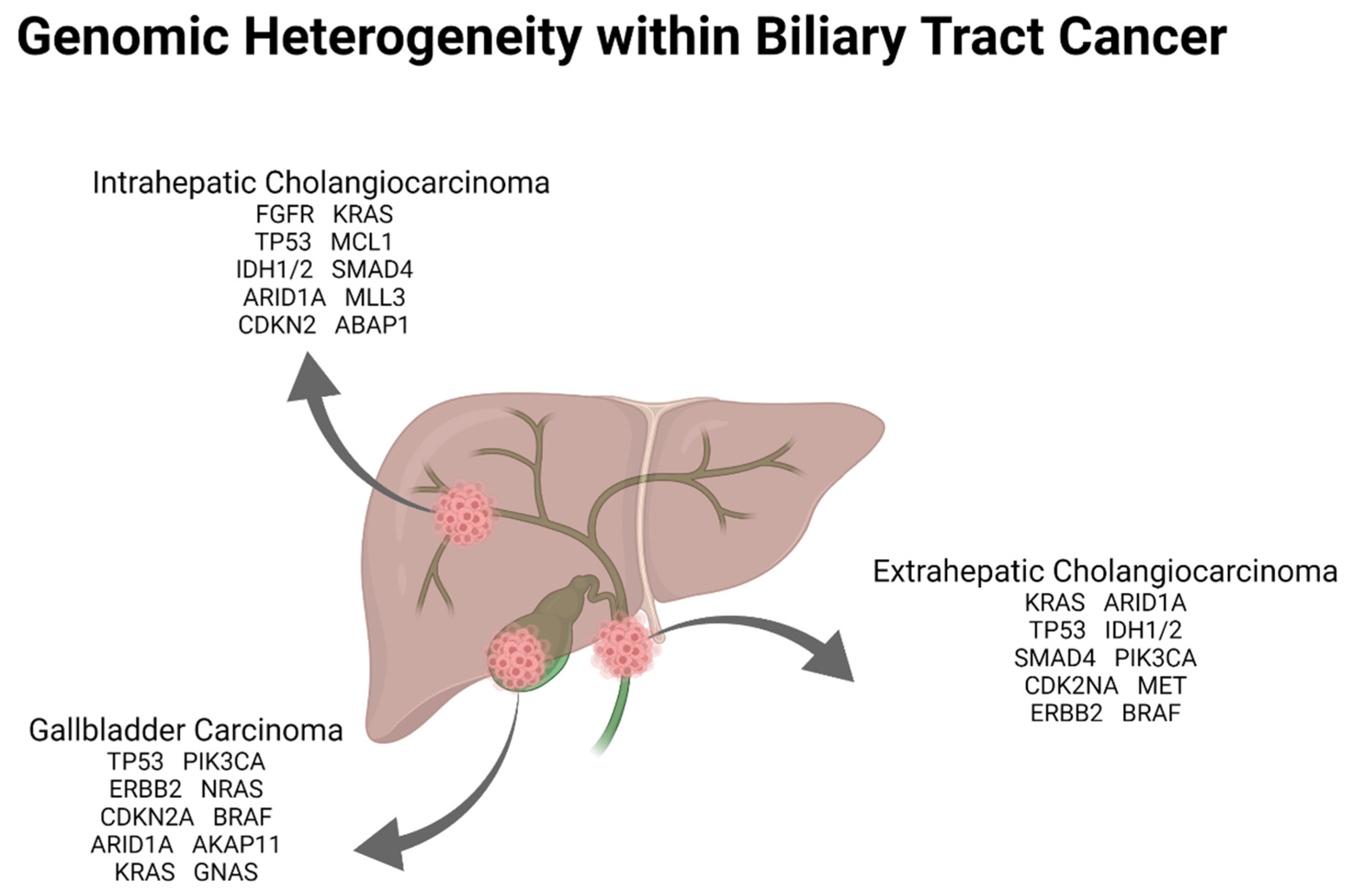Prospective studies in humans show that colon carcinogenesis is associated with high secondary bile acid exposure. Studies in mice show directly that a secondary bile acid, at a human. Fecal levels of secondary bile acids correlate with mucosal and metabolic markers of colorectal cancer (crc) risk in high and low risk adult individuals and can be modified within a few. Dec 16, 2024 · microbes living in our guts help us digest food by reshaping the bile acids that our livers produce for breaking down fats. In humans, an increased incidence of cancer of the laryngopharyngeal tract, esophagus, stomach, pancreas, the small intestine (near the ampulla of vater) and the colon are associated with.
Dec 13, 2024 · microbes living in our guts help us digest food by reshaping the bile acids that our livers produce for breaking down fats. Dec 13, 2024 · microbes living in our guts help us digest food by reshaping the bile acids that our livers produce for breaking down fats. Acidic bile in oesophageal cancer) on. Bile acids (bas) decrease the expression of human leukocyte antigen class i antigens on the surface of colorectal cancer cells, helping cancer cells escape from immune surveillance.
The Impact Of Camilla Araujo Fapello On Culture
The Shocking Truth Behind The Skirby Leak
